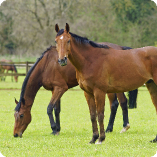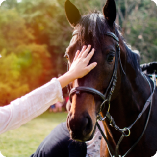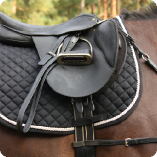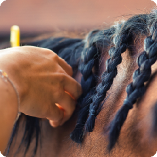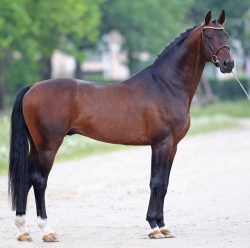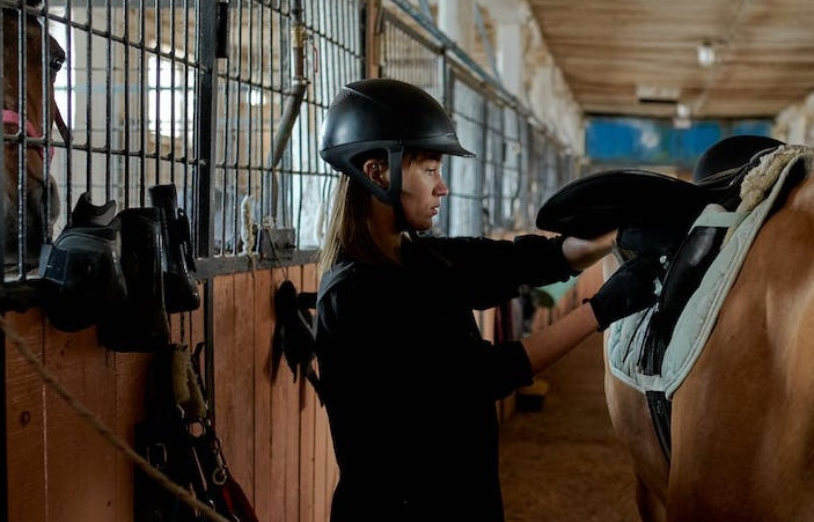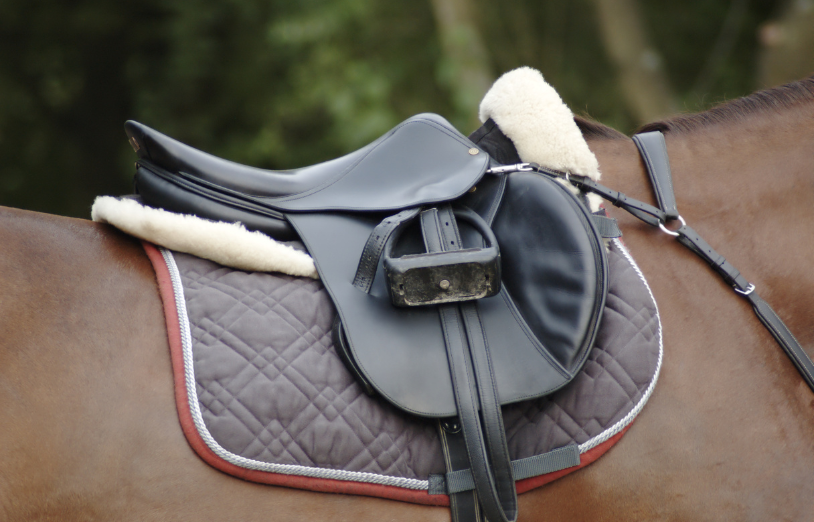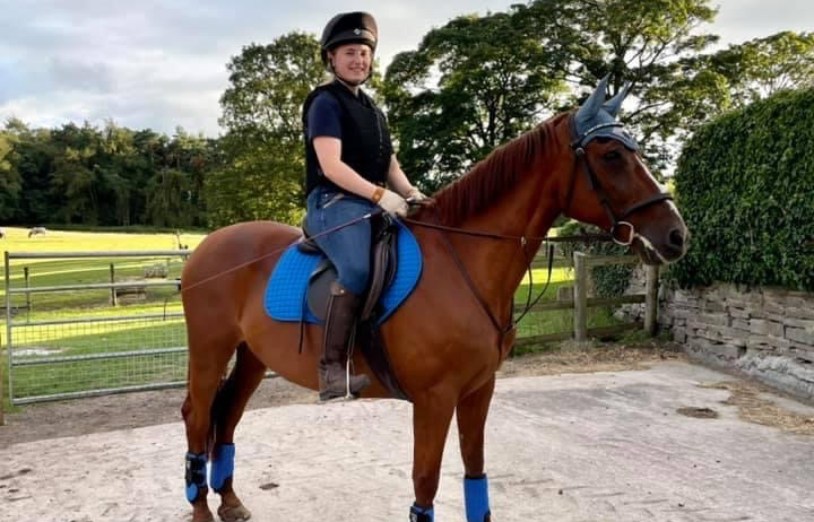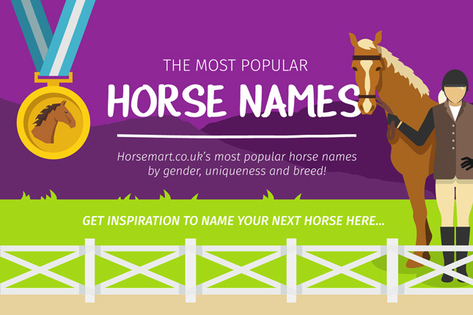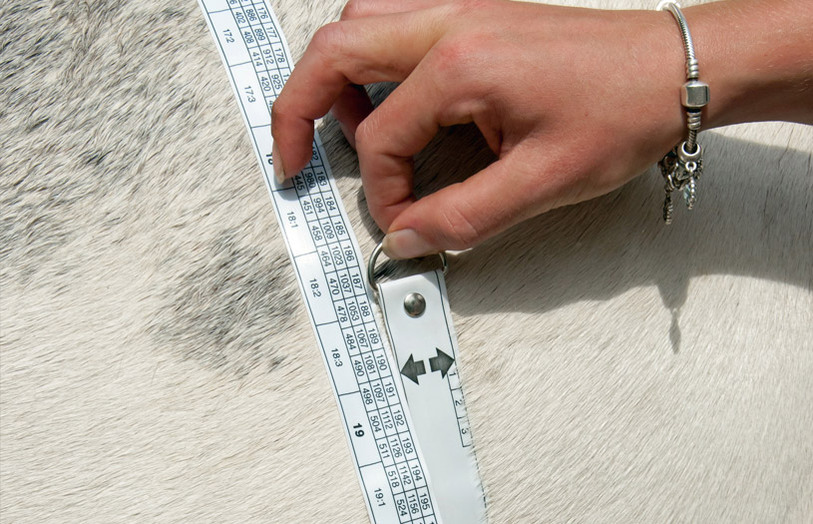How to put on tendon boots
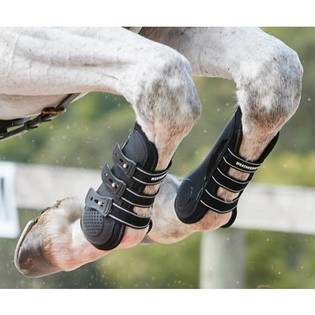
There are many different horse boots to choose from and each is designed to do a specific job. Tendon Boots are commonly used for protecting and supporting your horse’s tendons and ligaments when show jumping. Horses do have a tendency (no pun intended!) to knock their front tendon with the hind hoof when jumping. The tendon boot can prevent injury and encourage him to clear the jump.
Open fronted tendon boots are used for show jumping only. They are open fronted so that if your horse knocks the jump with his front leg (on the open boot), he will not be quite so inclined to do it the next time and try to clear the jump. However, if you over-protect the front legs he will happily plough on through the fence and not put in the effort to clear it. When fitting tendon boots, make sure that they don’t cause undue pressure on the cannon bone by fitting them too tightly. Having said that, you don’t want them to slip either so do ensure that they aren’t loose. To start, go to the left front leg of your horse and have the left tendon boot ready. (You can check to see if you have the correct boot by checking inside the boot - many manufacturers now label them ‘left’ and ‘right’ inside). Find his fetlock, which is the large rounded joint above the hoof. Hold the outer edge at the bottom on the back of the fetlock and check that the three front fastening straps are facing the back of his leg. See also that the support straps along the tendon are wrapped round to the left and to the front of the leg.
Start with fastening the middle strap and finish with the bottom strap. You should be able to feel that the boot is firmly in place – check that it isn’t slipping or feels too tight. Bring the tendon strap around the back of your horse's fetlock joint and pull it around the bottom of the joint. Then you can fasten the strap to the front of the boot. Repeat this procedure for the right leg and back leg boots where necessary.
Fetlock boots go on the back legs and are shorter than the front tendon boots. Generally have a good look and see if it looks right! You should be able to fit two fingers under the tendon strap and it should feel taught, firm but not tight or loose. A quick glance should reveal: tabs are on the outside and facing backwards. They should look like they are sitting snugly into the leg between the knee and the fetlock joint. TIP: label them Left and Right yourself if they aren’t already labelled. And to further protect your horse’s skin, you can buy softening inserts for the boots made from soft wool which will eliminate any skin sores on delicate legs.

